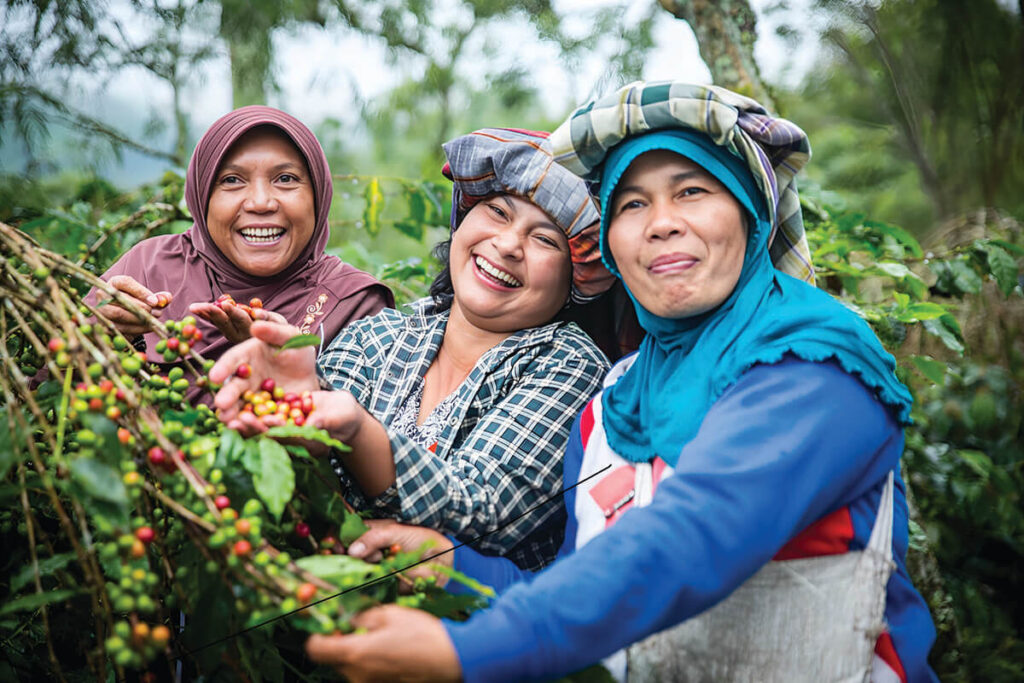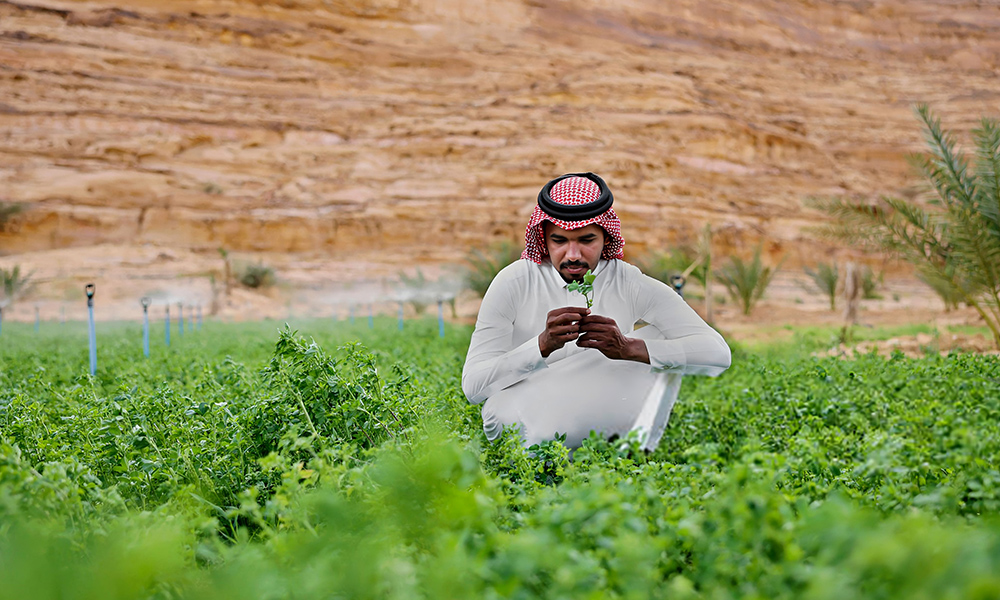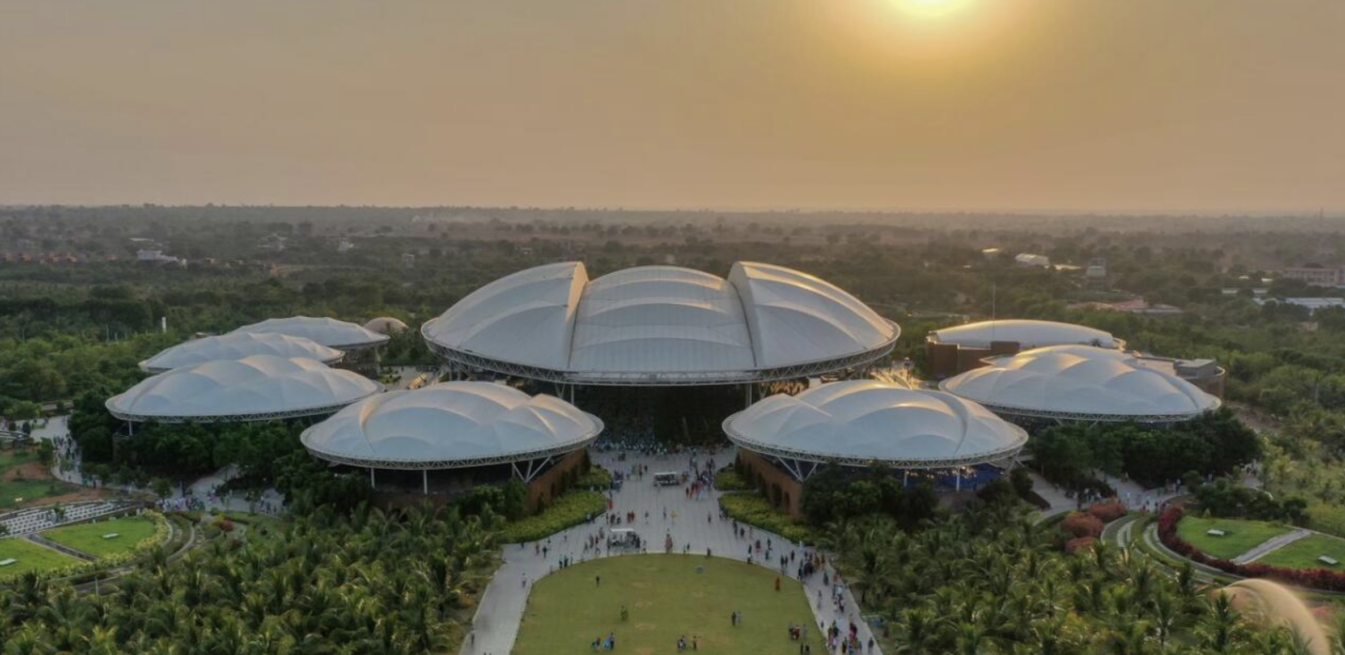Empower Civil Society
Empowering Civil Society by Engagement and Advocacy
The G20 Global Land Initiative empowers civil society through a variety of activities. It offers restoration grants, supports citizen science, and ensures inclusive consultations with range of stakeholders. These include non-governmental organizations, women’s and youth groups, land professionals, faith organizations and Indigenous Peoples. Outputs include increased community-led restoration projects, public awareness campaigns, and sharing of good practices. These lead to outcomes like stronger land stewardship, improved livelihoods and progress toward halving global land degradation by 2040T.
How we are empowering civil society
he project provides support to civil society organizations that are implementing restoration activities in their communities. In 2024, nearly 700 applications were received from 100 countries and 39 organizations were selected to receive between $5,000 to $15,000 each in funding.
GLI empowers women-led groups in land professions to advocate for restoration, building capacity through webinars, courses, and events to influence policy and form strategic partnerships.
Faith leaders play a vital role in mobilizing communities for land restoration through shared values, advocacy, and collaboration. By fostering interfaith partnerships, aligning policy priorities, and exchanging knowledge, faith networks help scale environmental action. This effort aims to reach one billion people and link 10,000 institutions globally by 2040.

Mobilizing youth
Engaging youth through creative and values-driven approaches helps inspire a new generation of land stewards. By connecting restoration with purpose, opportunity, and digital storytelling, young people are empowered to see land as a source of both meaning and livelihood. This initiative aims to engage one billion people on social media by 2040.
Rooting land restoration in Indigenous knowledge and spiritual connection fosters deeper, more holistic stewardship of nature. Honoring traditional practices and sacred relationships with the land strengthens restoration efforts and nurtures a sense of shared responsibility. This initiative aims to network one million practitioners and train 1,000 future leaders by 2040.
Restor was created to empower restoration practitioners with data and connectivity for greater impact. The response has been incredible—since applications closed for the first RestorLife Awards, we’ve explored 1,127 entries, including 810 for the NGO Award and 316 for the Responsible Business Leadership Award.







